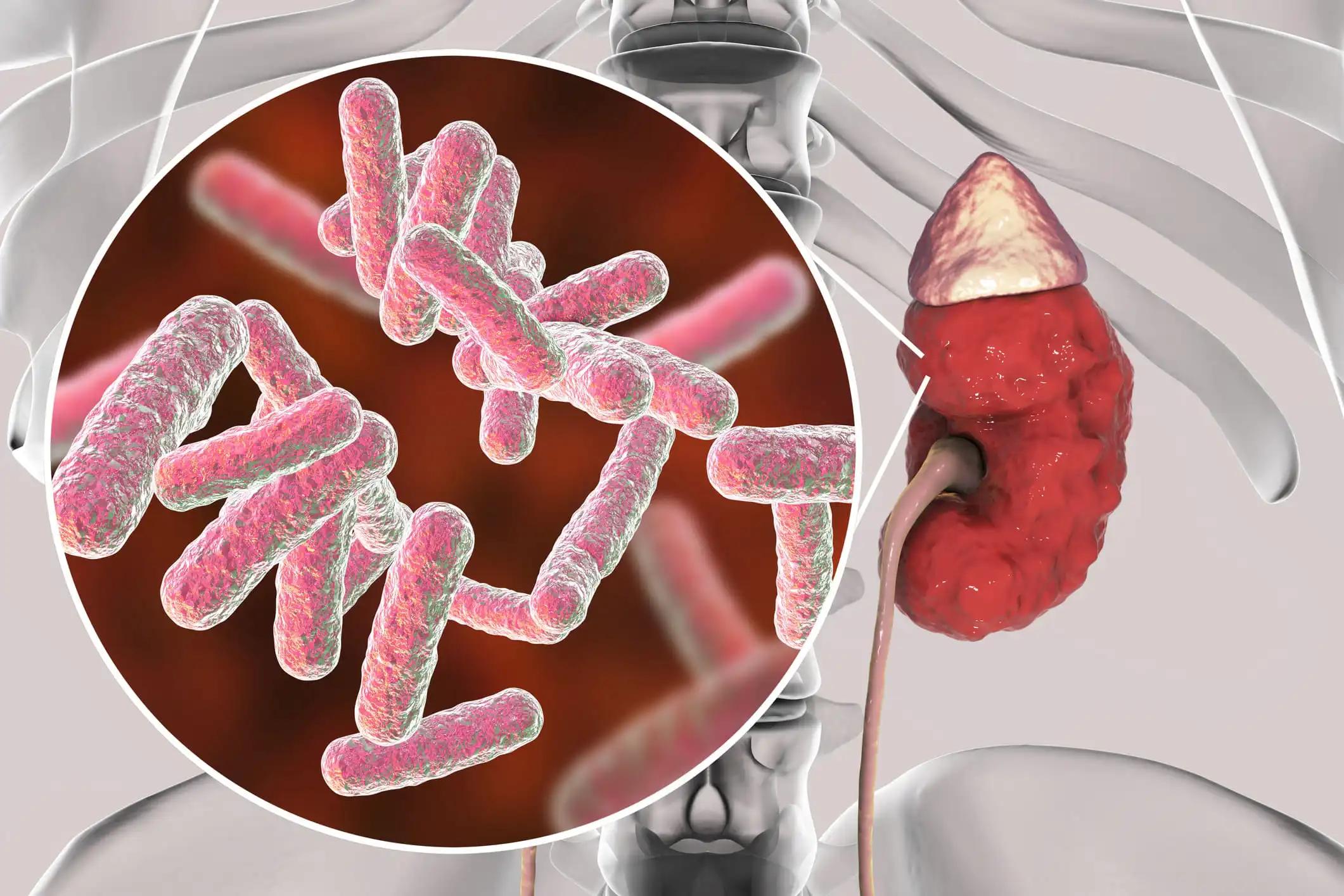KEY TAKEAWAYS
- The phase 3 CheckMate-227 trial combined four studies to examine nivolumab and ipilimumab as first-line treatments for NSCLC.
- The primary aim was to evaluate the impact of response on survival by characterizing the clinical benefit of this regimen in a large pooled patient group.
- Response at 6 months was analyzed using a landmark analysis, and tumor burden reduction was evaluated in nivolumab + ipilimumab.
- The combination therapy of nivolumab and ipilimumab as first-line treatment for advanced NSCLC showed a median OS of 18.6 months with a 3-year OS rate.
- Patients with tumor programmed death-ligand 1 (PD-L1) <1%, ≥1%, 1%-49%, or ≥50%, had 3-year OS rates of 30%, 38%, 30%, and 48%, respectively.
- The long-term survival benefit and the persistent response of nivolumab + ipilimumab in a large patient cohort lends further credence to its use as a frontline treatment.
Survival is improved in advanced non-small-cell lung cancer (NSCLC) when nivolumab and ipilimumab are used as first-line treatment instead of chemotherapy. Researchers evaluated the impact of response on survival by characterizing the clinical benefit of this regimen in a large pooled patient group. Four studies (CheckMate 227 Part 1, 817 cohort A, 568 Part 1, and 012) involving first-line nivolumab plus ipilimumab in advanced non-small cell lung cancer had their data combined. Response at 6 months was analyzed using a landmark analysis, and tumor burden reduction was evaluated in nivolumab + ipilimumab responders using a similar method.
Median overall survival (OS) was 18.6 months with a 3-year OS rate of 35% in the combined group (N = 1332) with a minimum follow-up of 29.1-58.9 months; median progression-free survival (PFS) was 5.4 months with a 3-year PFS rate of 17%. The objective response rate was 36%, the median response duration was 23.7 months, and 38% of respondents were still responding after three years. In patients with tumor programmed death-ligand 1 (PD-L1) <1%, ≥1%, 1%-49%, or ≥50%, 3-year OS rates were 30%, 38%, 30%, and 48%. Patients with squamous histology had a 30% lower OS rate than those with non-squamous histology (38%). Similar effectiveness outcomes were seen in patients aged 75 years (median OS, 20.1 months; 3-year OS rate, 34%) compared to the whole pooled group. Three-year OS rates were 66%, 22%, and 14% for those who responded to nivolumab with ipilimumab at 6 months, stable disease, and progressing illness, respectively, in the pooled sample. Patients who experienced a tumor burden decrease of 80%, 50% to 80%, or 30% to 50% had a 95%, 72%, and 44% 3-year OS rate, respectively. The combined population showed no novel warning signs of danger. Nivolumab + ipilimumab’s long-term survival benefit and persistent response in such a large patient cohort lend further credence to its use as a frontline treatment for advanced NSCLC.
Source:https://pubmed.ncbi.nlm.nih.gov/36414192/
Clinical Trial:https://clinicaltrials.gov/ct2/show/NCT02477826
Borghaei H, Ciuleanu TE, Lee JS, Pluzanski A, Caro RB, Gutierrez M, Ohe Y, Nishio M, Goldman J, Ready N, Spigel DR, Ramalingam SS, Paz-Ares LG, Gainor JF, Ahmed S, Reck M, Maio M, O’Byrne KJ, Memaj A, Nathan F, Tran P, Hellmann MD, Brahmer JR. Long-term survival with first-line nivolumab plus ipilimumab in patients with advanced non-small-cell lung cancer: a pooled analysis. Ann Oncol. 2023 Feb;34(2):173-185. doi: 10.1016/j.annonc.2022.11.006. Epub 2022 Nov 19. PMID: 36414192.



